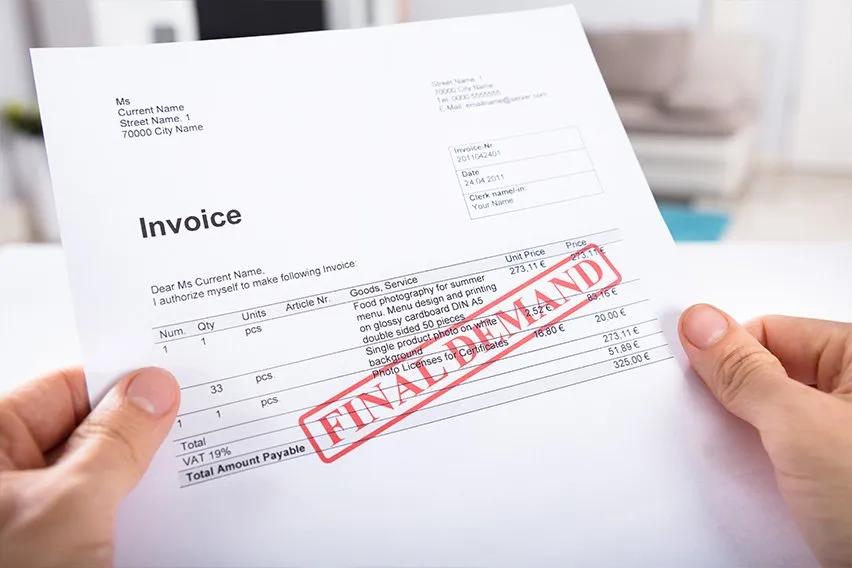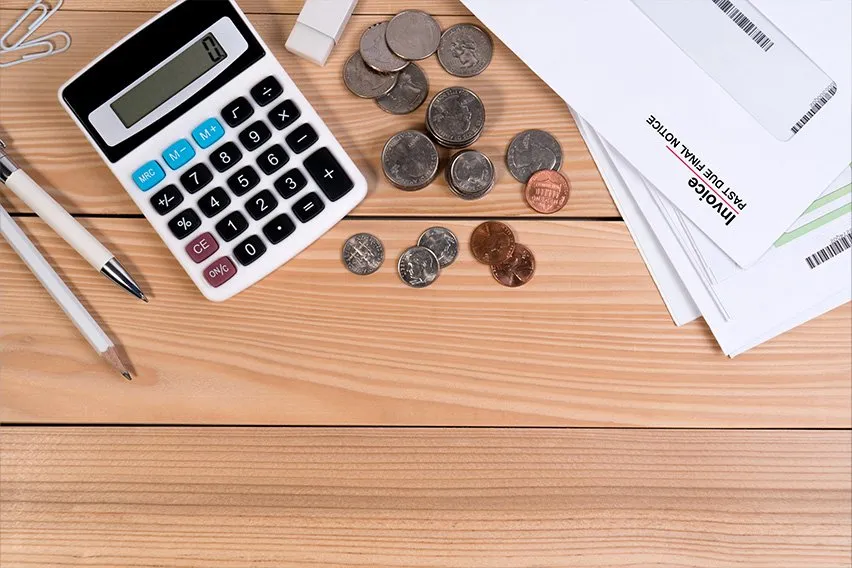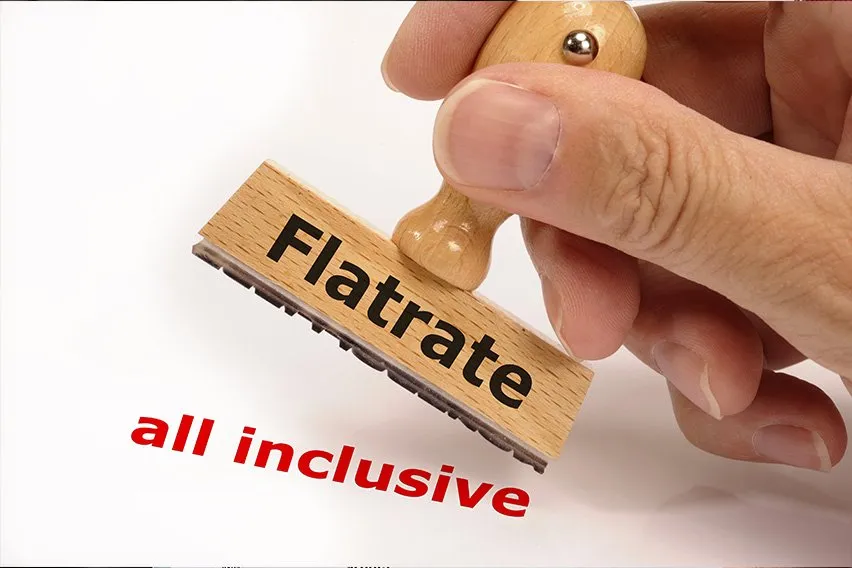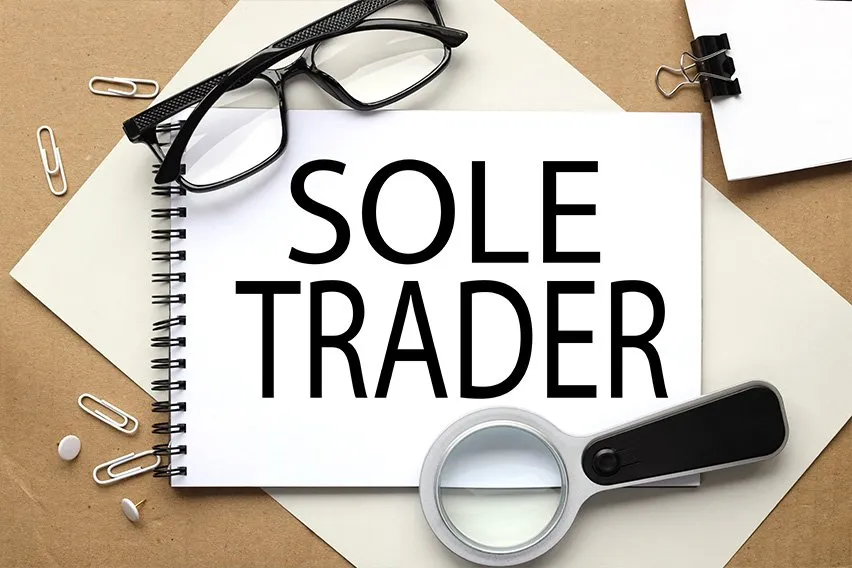What Is Invoice Reconciliation?

The process of matching bank statements to incoming and outgoing invoices to make sure all accounts are clean and every book entry match is called Invoice Reconciliation.
Reconciliation in accounting uses two sets of records to ensure the figures are in agreement of each other. It is confirmation of money leaving an account matches the amount of money that is being spent and making sure the two are balanced at the of the recording period.
Reconciliation provides financial accounts with consistency and accuracy.
This article will also discuss:
How Do You Reconcile an Invoice?
What Are Invoicing and Reconciliation?

How Do You Reconcile an Invoice?
Invoice reconciliation is important for keeping your accounting records up to date and avoiding fraud. Matching the information from bank statements to the invoices you have going out or coming in, keeps you on top of who has and hasn’t paid you and which bills of yours are outstanding.
Here are some key tips on how to reconcile your invoices.
Use Software
Inputting data that you need for reconciliation shouldn’t be hard work or take a lot of time. Not everyone who owns a business has time, interest or skills to manage figures on a spreadsheet. To simplify this process, the best solution is to use an online accounting software program to match your payments on your bank statement to your open invoices.
Find The Right Process
Software can take much of the strain off of invoice reconciliation. It will also help guide your administrative process. First, organize your supplier invoices by month, so you can run reports to show overdue payments. This will help you have a smooth and simple reconciliation process. Suppliers will likely have their own ways of labeling and formatting their invoices. Make sure you understand where you can find important information like reference numbers, due date and other key data.
Create A Checklist
Develop a checklist to use as a part of your invoice reconciliation process to help you work through instances where you can’t reconcile the numbers.
The checklist could cover such areas as:
- Did a bank or other financial intermediary charge transfer or currency fees?
- Is the remaining balance going to be paid later?
- Did you offer a discount for early payment?
- Has the supplier under- or over-charged?
- Has an amount been rolled over from a previous balance?

What Are Invoicing and Reconciliation?
Invoicing is the process of creating an itemized bill for goods sold or services provided, containing individual prices, the total charges and payment terms.
While reconciliation is the process of that uses two sets of records to make sure money leaving an account matches the money being spent and that accounts are balanced at the end of the reporting period.
RELATED ARTICLES


 Outstanding Invoice: What They Are & Tips To Handle Them
Outstanding Invoice: What They Are & Tips To Handle Them What Is a Supplier Invoice?
What Is a Supplier Invoice? What Is a VAT Invoice? Charging Value-Added Tax to EU Clients
What Is a VAT Invoice? Charging Value-Added Tax to EU Clients What Does FOB Mean on an Invoice? | Shipping Invoice Definitions
What Does FOB Mean on an Invoice? | Shipping Invoice Definitions Flat Rate vs Hourly Rate: What Should You Choose?
Flat Rate vs Hourly Rate: What Should You Choose? How to Invoice as a Sole Trader: Guide and Example
How to Invoice as a Sole Trader: Guide and Example